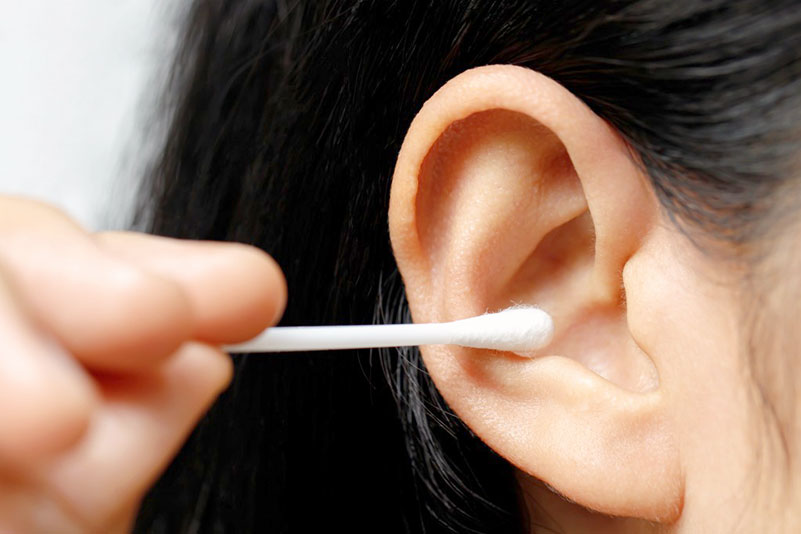

In this report, we describe the design of this trial and the baseline characteristics of the randomized cohort. The purpose of this investigation was to conduct such a study by examining the impact of group versus individual hearing aid fitting and group versus individual hearing aid follow-up visits in terms of hearing-related outcomes and treatment costs. If research using prospective randomized designs shows that group hearing aid visits provide equivalent or better outcomes, then routine use of group visits may be recommended as a means for reducing the strain on resources and waiting times while maintaining quality care.

Some promising non-randomized observational studies suggests that group hearing aid visits can yield patient outcomes (e.g., hearing handicap, hearing-related function, satisfaction, adherence) that are at least as good as or better than the same care provided in an individual format. Most of the research in audiology group visits has focused on group aural rehabilitation as a supplement to the standard one-on-one visit, and has suggested that such visits produce equivalent or even better patient outcomes compared to no additional rehabilitation. While group visit are a promising approach, it is important to know that they provide at least equivalent outcomes as individual visits before recommending widespread use of group visits. For new hearing aid users, the initial orientation and follow-up sessions may be well suited to a group format because they consist of standardized teaching elements and discussion topics relevant to all participants. One of the SR principles aimed at reducing demand is the use of group visits as an alternative to individual visits.

Implementation of Systems Redesign (SR) tools were recommended to help accomplish this goal. VHA Directive 2008-070 further expanded eligibility and will likely contribute to additional increases in demand.įurther, in 2006 the VA committed to having no wait times for patient visits while providing quality clinically-appropriate care (VHA Directive 2006-028). Changes in eligibility for hearing aid services through the Veterans' Health Care Eligibility Reform Act of 1996 (Public Law 104-262) and the Veterans Health Administration (VHA) Directive 96-069 of 1997, along with the aging population, contributed to a greater than 300% increase in the number of hearing aids dispensed from 1996 to 2006. In 2008, nearly 520,000 veterans had a disability for hearing loss through the Department of Veterans Affairs (VA), making hearing impairment the most common body system disability in veterans. Outcomes after the 6-month follow-up period are needed to determine if group visits were as least as good as those for individual visits and will be reported in subsequent publication. Baseline demographic and self-reported health status and hearing-related measures were evenly distributed across the treatment arms. DiscussionĪ cohort of 659 participants was randomized to receive group or individual hearing aid fitting and follow-up visits. We tracked the total cost of planned and unplanned audiology visits over the 6-month interval after the hearing aid fitting. The primary outcomes were hearing-related function, measured with the first module of the Effectiveness of Aural Rehabilitation (Inner EAR), and hearing aid adherence. Participants were randomized to receive the hearing aid fitting and the hearing aid follow-up in an individual or group visit. Eligible patients had no previous hearing aid use and monaural or binaural air-conduction hearing aids were ordered at the evaluation visit. Participants were recruited from the VA Puget Sound Health Care System Audiology Clinic. We describe the rationale, design, and characteristics of the baseline cohort of the first randomized clinical trial to study the impact of group versus individual hearing aid fitting and follow-up visits. We sought to determine: 1) if group hearing aid fitting and follow-up visits were at least as effective as individual visits, and 2) whether group visits lead to cost savings through the six month period after the hearing aid fitting. One approach to achieving this goal is the use of group visits as an alternative to individual visits. In 2006, the VA committed to having no wait times for patient visits while providing quality clinically-appropriate care. Changes in eligibility for hearing aid services, along with the aging population, contributed to a greater than 300% increase in the number of hearing aids dispensed from 1996 to 2006. In 2008, nearly 520,000 veterans had a disability for hearing loss through the Department of Veterans Affairs (VA).

Hearing impairment is the most common body system disability in veterans.


 0 kommentar(er)
0 kommentar(er)
